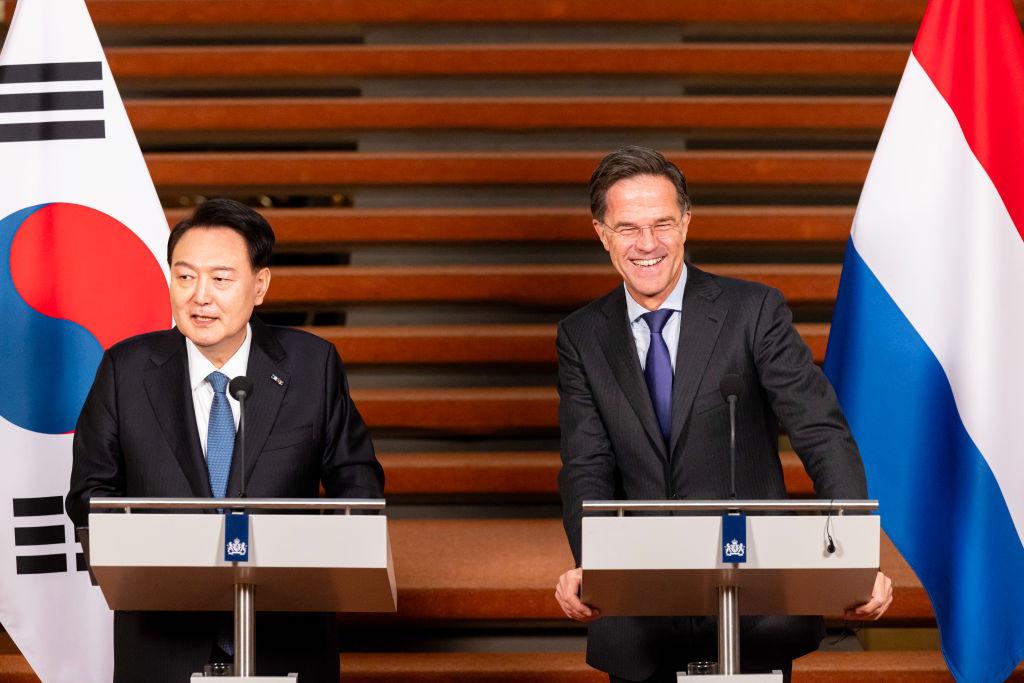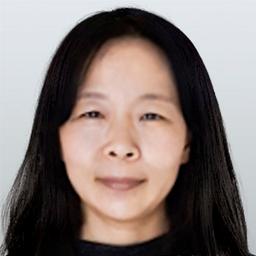In a landmark move to mitigate dependency on China’s supply chain, South Korean President Yoon Suk-yeol and Dutch Prime Minister Mark Rutte announced the formation of a “semiconductor alliance” on Dec. 13.
This historic alliance, aimed at bolstering semiconductor competitiveness and addressing supply chain challenges, marks South Korea’s latest strategic partnership in the sector, following collaborations with the United States and Japan. The Netherlands—recognized for its robust semiconductor equipment capabilities—emerges as a key ally in this initiative.
Mr. Yoon embarked on a four-day state visit to the Netherlands on Dec. 11, marking the first visit by a South Korean president since the countries established diplomatic ties in 1961.
The “semiconductor alliance” signifies a joint effort by South Korea and the Netherlands to address key scientific and technological challenges, share critical information, and gain a competitive edge in the semiconductor industry.
Netherlands: Pivotal Player in Global Chip Industry
The Netherlands hosts ASML, a leading global semiconductor equipment company and the sole producer of extreme ultraviolet (EUV) lithography machines. ASML’s technology is crucial to giants like Samsung Electronics, SK Hynix, TSMC, and Intel, underlining the strategic importance of the Dutch partnership in South Korea’s broader semiconductor strategy.South Korea, a leader in memory chip production, acknowledges its limitations in the non-memory semiconductor sector, particularly in materials and equipment. This recognition underscores the value of the Netherlands as a critical ally in these areas.
ASML
Mr. Yoon visited ASML’s headquarters on Dec. 12, accompanied by leaders from Samsung Electronics and SK Group. This was the first instance of ASML opening its core facilities, including the cleanroom showcasing 2-nanometer technology, to a foreign head of state. This technology is poised to revolutionize the semiconductor market.The visit also saw the signing of pivotal agreements. Samsung Electronics and ASML agreed on a 1 trillion won (about $760 million) investment to establish a new research center in South Korea in order to advance ultra-fine semiconductor technology. Similarly, SK Hynix and ASML will collaborate on developing EUV hydrogen recycling technology.
Supply Chain Vulnerabilities
In light of the newly formed “semiconductor alliance,” South Korean national security official Kim Tae-hyo highlighted the alliance’s goal of establishing robust cooperation in the semiconductor sector. This alliance is geared toward creating an effective response mechanism to supply chain disruptions and reflects a commitment to foster a specialized partnership capable of swiftly addressing supply chain crises.To expedite the formation of the semiconductor alliance, South Korea and the Netherlands have implemented various bilateral consultation frameworks focusing on economic security and industrial policy. A significant step in this direction is the signing of a memorandum of understanding aimed at enhancing cooperation in the semiconductor supply chain. This memorandum is set to strengthen the interconnectedness of the chip supply chains of both countries, leveraging their respective advantages.
Heavy Dependence on China
South Korea’s reliance on China for key semiconductor materials is notably high. Data from the South Korean National Assembly reveal that over half of South Korea’s major overseas imports—particularly rare earth metals and core secondary battery materials—are sourced from China. For instance, in the first half of the year, 79.4 percent of rare earth metal imports, vital for chip production, came from China.The South Korean government is intensifying diplomatic efforts to diversify its supply chains in response to these vulnerabilities. Collaborating with the Netherlands within the broader multilateral security framework, including the United States and Japan, is a strategic move to mitigate supply chain risks. This initiative is expected to bolster South Korea’s supply foundation for core minerals crucial in semiconductor production, enhancing its resilience against potential disruptions.








